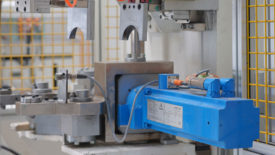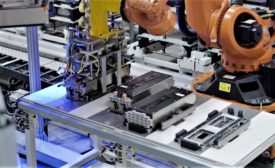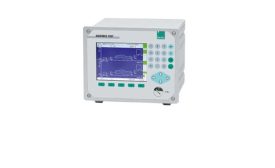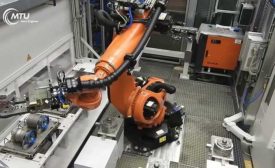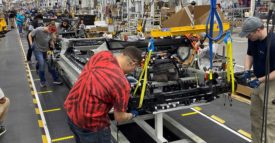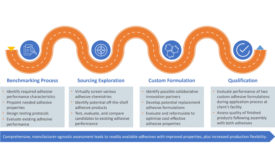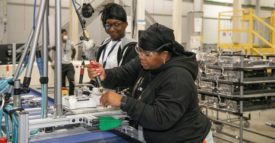Test and Inspection Assembly
Force-displacement monitoring enables precision assembly of EV drivetrain components
Read More
Robotics
VW Uses Robots to Assemble 300,000 Battery Packs Per Year
Some 100 six-axis robots weld, bond and package EV batteries at the FAW-Volkswagen Automobile Co. Ltd. assembly plant.
July 25, 2023
Design, Manufacture, and Test Efficiently in House
How One Canadian Company Does It
June 21, 2023
Dealing With the Helium Shortage
Assemblers that depend on helium for leak testing are looking for alternatives.
June 12, 2023
Adhesives and Dispensing
The Sticky Business of Adhesive Sourcing and Replacement
The process of identifying alternative sources for adhesives is more complex than that for other assembly components.
June 1, 2023
Inside GE Appliance's State-of-the-Art Water Heater Assembly Plant
A factory that used to mass-produce refrigerators now assembles water heaters.
May 1, 2023
Vision System Inspects Bearing Assemblies
High-speed cameras met cycle time requirement of less than one second.
April 12, 2023
Never miss the latest news and trends driving the manufacturing industry
Stay in the know on the latest assembly trends.
JOIN TODAY!Copyright ©2025. All Rights Reserved BNP Media.
Design, CMS, Hosting & Web Development :: ePublishing
